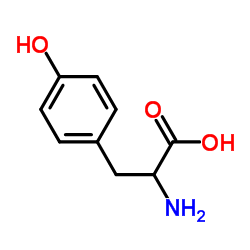| Structure | Name/CAS No. | Articles |
|---|---|---|
 |
Acetone
CAS:67-64-1 |
|
 |
Corticosterone
CAS:50-22-6 |
|
 |
Suplatast Tosilate
CAS:94055-76-2 |
|
 |
DL-Tyrosine
CAS:556-03-6 |
|
 |
5-(N-Methyl-N-isobutyl)-Amiloride
CAS:96861-65-3 |